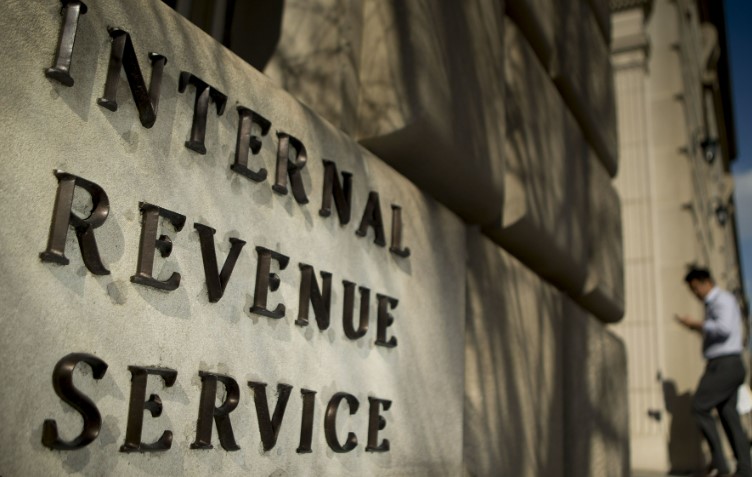According to projections released by the federal tax collection agency on Thursday, the quantity of taxes owed but unpaid will continue to rise.
For tax years 2021 and 2020, the most recent years for which IRS projections are available, the projected aggregate “tax gap” increased to $688 billion and $601 billion, respectively. This represents a substantial increase compared to previous years, with aggregate tax gap projections of $550 billion for 2017-2019 and $496 billion for 2014-2016.
One of the greatest challenges for the IRS is ensuring that individuals pay their taxes. Despite the fact that the vast majority of Americans pay their taxes voluntarily and on time, hundreds of billions of dollars in delinquent taxes accumulate annually, and tax gap estimates continue to grow.
IRS Commissioner Danny Werfel stated that the rising estimates of the tax disparity “highlight the significance” of increased compliance efforts. A portion of the $80 billion the IRS received from the Inflation Reduction Act of the Biden administration is being used for this purpose.
“We are adding focus and resources to areas of compliance concern, including high-income and high-wealth individuals, partnerships and corporations,” Werfel stated in a press release. “These steps are urgent in many ways, including adding more fairness to the tax system, protecting those who pay their taxes and working to combat the tax gap.”
The tax disparity may also be larger than anticipated. Several prior-year projections have been revised upwards. For example, the aggregate tax gap for 2017-2019 was initially estimated to be $540 billion, but later estimates increased by $10 billion.
Estimates for 2021 assume that noncompliant behavior hasn’t changed since the most recent 2014-2016 audit, IRS officials noted in a call with reporters — meaning that current projections don’t reflect filing behavior seen in the pandemic, for example. But shifts in economic activity and changes in the mix and type of income reported for 2021 are accounted for — so as total tax liability increases, so does the tax gap.
Inflation Reduction Act funding is also being used to develop more sophisticated methods for measuring more recent behavioral changes, according to agency officials.
Additionally, Thursday’s announcement represents the first time single-year tax gap projections have been provided.
The projected gross tax gap — made up of failed payments through nonfiling, underreporting and underpayments — doesn’t account for late payments or IRS enforcement. In 2021, the IRS expects to bring in $63 billion through late payments and enforcement efforts, bringing the estimated net tax gap to $625 billion.





